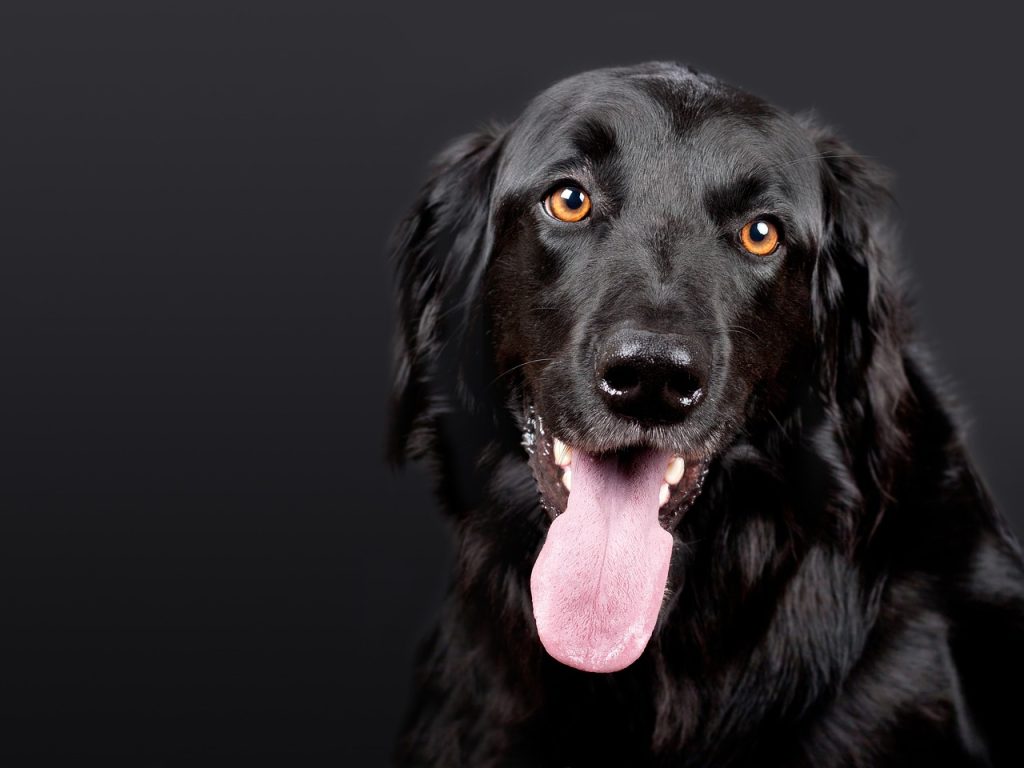Panting is a completely normal behavior for dogs, serving as their primary method of temperature regulation. However, excessive or unusual panting can indicate underlying health issues, stress, or environmental dangers that require attention. This comprehensive guide explores why dogs pant, how to distinguish normal from abnormal panting, immediate relief strategies, and long-term solutions to keep your canine companion comfortable and healthy.
Understanding Canine Panting: The Basics
Why Do Dogs Pant?
Unlike humans who sweat over their entire bodies, dogs only have sweat glands in their paw pads. Panting helps them:
- Cool down by evaporating moisture from their tongue and respiratory tract
- Regulate body temperature after exercise or in warm environments
- Cope with stress, excitement, or pain
- Compensate for breathing difficulties
Normal Panting vs. Problematic Panting
Normal panting characteristics:
- Occurs after physical activity or during warm weather
- Stops when the dog rests or cools down
- Breathing rate returns to normal within 10-30 minutes
- Dog appears alert and comfortable
Concerning panting signs:
- Panting at rest in cool environments
- Lasts longer than 30 minutes without obvious cause
- Accompanied by distress signals (whining, pacing, trembling)
- Noticeable change in breathing sounds (raspy, wheezing)
- Unusual body posture (stretched neck, elbows out)
Common Causes of Excessive Panting and Solutions
1. Heat-Related Panting (Heat Stress/Heatstroke)
Danger signs:
- Bright red gums and tongue
- Thick, ropey saliva
- Staggering or weakness
- Rectal temperature above 103°F (39.4°C)
Emergency cooling protocol:
- Move to shade or air-conditioned space immediately
- Apply cool (not cold) water to:
- Paw pads
- Groin area
- Arm pits
- Offer small amounts of cool water to drink
- Use fans to promote evaporation
- Monitor rectal temperature – stop cooling at 103°F
Prevention tips:
- Schedule walks during cooler morning/evening hours
- Use cooling vests for outdoor activities
- Provide constant access to fresh water
- Never leave dogs in parked vehicles
2. Pain-Induced Panting
Common sources of pain:
- Arthritis or joint issues
- Dental problems
- Abdominal pain (bloat, pancreatitis)
- Injuries (cuts, sprains, fractures)
Identification clues:
- Panting occurs at rest
- Combined with:
- Whimpering or vocalization
- Reluctance to move
- Licking specific areas
- Changes in appetite
Action steps:
- Gentle physical examination (check for tender areas)
- Note when panting began and any triggering events
- Consult veterinarian for pain management options
3. Anxiety and Stress Panting
Common triggers:
- Thunderstorms or fireworks
- Vet visits or car rides
- Separation anxiety
- New environments or people
Calming strategies:
Immediate relief:
- Pressure wraps (Thundershirt)
- Pheromone sprays (Adaptil)
- Soothing music or white noise
- Distraction with food puzzles
Long-term solutions:
- Behavior modification training
- Anti-anxiety medications (if prescribed)
- Creating safe spaces (crate training)
4. Medical Condition-Related Panting
Serious conditions requiring veterinary attention:
- Heart disease: Coughing, exercise intolerance
- Cushing’s disease: Increased thirst/appetite, pot belly
- Respiratory disorders: Noisy breathing, blue-tinged gums
- Anemia: Pale gums, lethargy
Diagnostic tests your vet may recommend:
- Complete blood count and chemistry panel
- Chest X-rays
- ECG or echocardiogram
- ACTH stimulation test (for Cushing’s)
5. Medication Side Effects
Common medications causing panting:
- Prednisone and other steroids
- Some pain medications
- Certain behavioral drugs
Management options:
- Discuss dosage adjustments with your vet
- Time administration to minimize side effects
- Monitor for other concerning symptoms
Immediate Relief Techniques for Excessive Panting
1. Environmental Modifications
- Create a cool resting area with tile flooring or cooling mats
- Use fans or air conditioning to maintain 68-72°F (20-22°C)
- Provide access to fresh, cool water at all times
2. Physical Cooling Methods
- Apply cool (not cold) compresses to:
- Groin area
- Arm pits
- Paw pads
- Offer frozen treats (chicken broth ice cubes)
- Use evaporative cooling with damp towels
3. Calming Techniques
- Gentle massage (especially ear rubs)
- Quiet, dimly lit space
- Familiar scents (blanket with your smell)
- Soothing verbal reassurance
When to Seek Emergency Veterinary Care
Red flag symptoms requiring immediate attention:
- Unproductive retching (potential bloat)
- Collapse or inability to stand
- Blue-tinged or white gums
- Panting that continues despite cooling efforts
- Known exposure to toxins
Preventive Measures for Healthy Breathing
1. Weight Management
- Extra pounds strain respiratory and cardiovascular systems
- Consult your vet for ideal weight and diet plan
2. Regular Exercise
- Builds cardiovascular health
- Avoid overexertion in hot/humid conditions
3. Routine Veterinary Care
- Annual exams for early problem detection
- Dental cleanings to prevent oral pain
- Age-appropriate screening tests
4. Stress Reduction
- Consistent daily routines
- Positive reinforcement training
- Adequate mental stimulation
Special Considerations for Different Breeds
Brachycephalic breeds (Pugs, Bulldogs, etc.):
- More prone to breathing difficulties
- Require extra care in warm weather
- May benefit from:
- Harness instead of collar
- Air-conditioned environments
- Weight management
Senior dogs:
- More susceptible to organ-related panting
- May need:
- More frequent vet check-ups
- Joint supplements
- Modified exercise routines
Monitoring and Record Keeping
Keep a panting log to help your vet:
- Date and time of episodes
- Environmental conditions
- Recent activities
- Duration and characteristics
- Any accompanying symptoms
Smart technology options:
- Activity monitors that track breathing rates
- Indoor cameras to observe behavior when away
- Temperature/humidity sensors in your home
Final Thoughts
While panting is normal canine behavior, understanding when it signals distress is crucial for responsible pet ownership. By learning to recognize abnormal patterns, implementing immediate relief strategies, and addressing underlying causes, you can ensure your dog’s comfort and well-being. Remember that persistent or severe panting always warrants veterinary attention – when in doubt, err on the side of caution.
Have specific questions about your dog’s panting? Consult with your veterinarian for personalized advice tailored to your pet’s unique needs and health status. With proper care and attention, you can help keep your dog’s breathing comfortable and regular in all situations.



